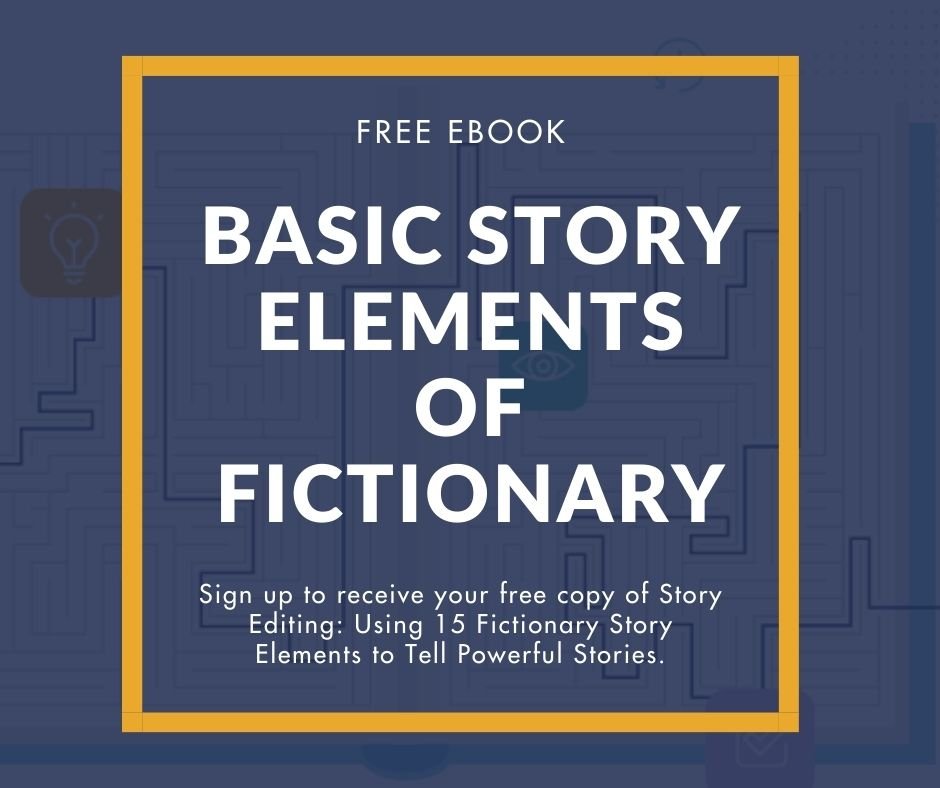Choosing a point of view character is a big decision because you’re making a promise to your readers. You’re promising them they will experience the scene from that character’s perspective.
The point of view (POV) character is the character who is telling the story at any given moment.
The feelings, actions, and senses of the scene are all derived from the POV character’s experiences. A story can be written in first person from one character’s point of view (such as A.J.Fynn’s Woman in the Window) or have multiple points of view (George R.R. Martin’s A Game of Thrones).
Once a POV character is chosen, here are the top three issues I find when editing a story.
Changing POV (Head Hopping) Within a Scene
Changing the POV mid-scene is called head-hopping and can jar the reader out from under the spell of the story.
It’s important to choose a POV character per scene and stick to it. This may seem minor, but head hopping can create confusion, lessen tension, or generally dilute the scene. Head hopping can give the impression the author is not in control of their writing. Even if a reader doesn’t know why, they may not trust the writer and lose confidence in the story.
Head hopping can diminish tension because the reader knows both sides of the story, so there is no suspense or mystery left.
Check out Why Head Hopping Reduces Tension.
I recommend starting a new scene every time the POV character changes.
Unbalanced POV
Much of the artistry of a story comes from it being balanced properly. POV balance is one place to look for balance. If the POV is unbalanced, it may be difficult to determine who the protagonist is.
For example, it can be unclear who the protagonist is if there are not enough scenes in a row where the protagonist has the POV.
When the first POV character in the story is not the protagonist, it can mislead the reader. The reader will expect the first character to be the protagonist, so of you choose to do otherwise, have a beta reader check that it works.
If a story is written from one character’s POV, and suddenly one scene is written from another character’s POV, this may jar the reader. The reader will notice something is off. Make sure the one POV is required for the story. If not, rewrite the scene. This will engage your reader.
Too Many POV Characters
A reader needs time to connect with your characters. The fewer point of view characters in the story, the more time the reader gets to bond with each individual character, and the more invested they’ll feel in the story. Research shows that a reader can remember five to seven points of view.
With too many POV characters, the reader may have trouble connecting to the characters or they might not care about the characters.
If you think you have too many POV characters, I recommend looking for characters who can be reused instead of a new character being created. If two characters serve the same purpose, they can be combined.
There are always exceptions, A Game of Thrones is a good example of an ensemble cast, so if it’s working, go with it.
Character Arc
If a character has the point of view for a scene, it’s probably an important character to the story. This means that character most like has a character arc. They certainly have backstory and some time should be spent on describing them. If none of this is done, then maybe the character shouldn’t have the point of view for a scene.
More Reading:
Check out Getting Your Point of View Right, and you’ll find out how Fictionary StoryTeller helps you with point of view.
How External Conflict Links to POV Character Goals gives you a deeper look at point of view characters.
K.M. Weiland’s blog has one of my favorite explanations of different types of point of view and common mistakes writers make when using them.
StoryTeller is creative editing software for fiction writers. Transform your story, not just your words. Successful stories depend on your ability to edit, improve, and revise your work. Only when you master story editing, can you master storytelling.
Why not check out Fictionary’s StoryTeller free 7-day trial and tell powerful stories?


